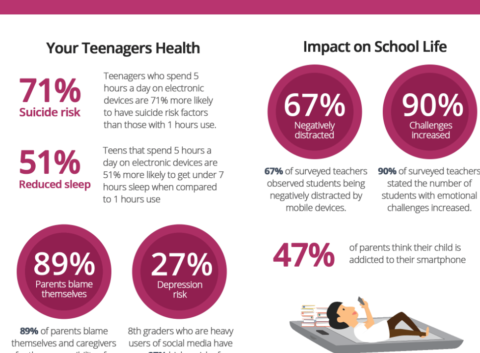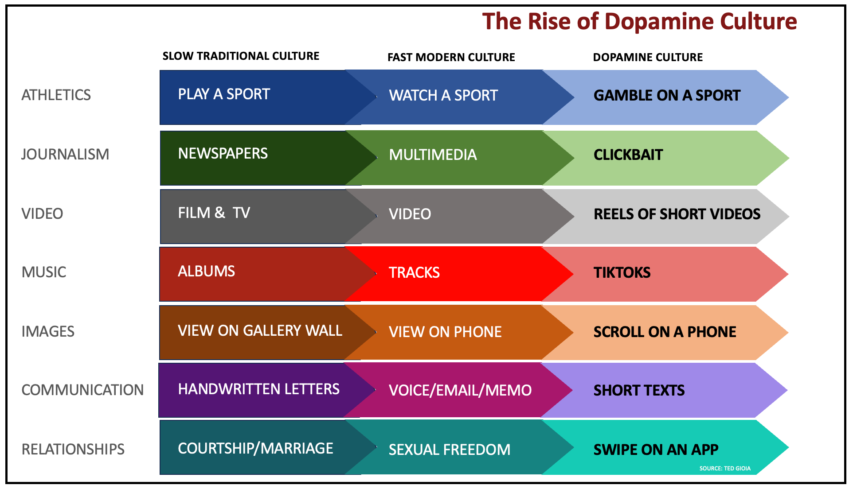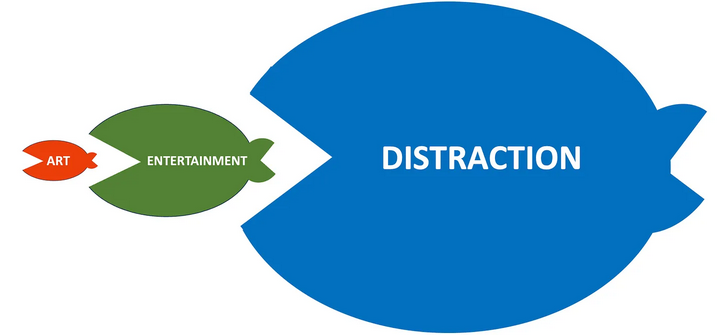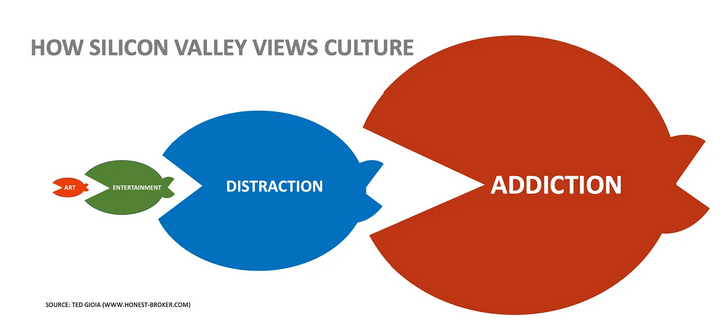Now the besieger’s side of the equation may seem like an odd place to start a primer on fortifications, but it actually makes a fair bit of sense, because the capabilities of a potential attacker is where most thinking about fortification begins. Siegecraft, both offensive and defensive, is a case of “antagonistic co-evolution“, a form of evolution through opposition where each side of the relationship evolves new features in response to the other: neither offensive siege techniques nor fortifications evolve in isolation but rather in response to each other.
In many ways the choice of where to begin following that process of evolution is arbitrary. We could in theory start anywhere from the very distant past or only very recently, but in this case I think it makes sense to begin with the early Near Eastern iron age because of the nature of our evidence. While it is clear that siege warfare must have been an important part of not only bronze age warfare but even pre-bronze age warfare, sources for the details of its practice in that era are sparse (in part because, as we’ll see, siege warfare was a sort of job done by lower status soldiers who often didn’t figure much into artwork focused on royal self-representation and legitimacy-building).
But as we move into the iron age, the dominant power that emerges in the Near East is the (Neo-)Assyrian Empire, the rulers of which make a point of foregrounding their siegecraft as part of a broader program of discouraging revolt by stressing the fearsome abilities of the Assyrian army (which in turn had much of its strength in its professional infantry). Consequently, we have some very useful artistic depictions of the Assyrian army doing siege work and at the same time some incomplete but still very useful information about the structure of the army itself. Moreover, it is just as the Assyrian Empire’s day is coming to a close (collapse in 609) that the surviving source base begins to grow markedly more robust (particularly, but not exclusively, in Greece), giving us dense descriptions of siege work (and even some manuals concerning it) in the following centuries, which we can in turn bring to the Assyrian evidence to better understand it. So this is a good place to start because it is the earliest point where we are really on firm ground in terms of understanding siegecraft in some detail. This does mean we are starting in medias res, with sophisticated states already using complex armies to assault fairly complex, sophisticated fortifications, which is worth keeping in mind.
That said, it should be noted that this is hardly beginning at the beginning. The earliest fortifications in most regions of the world were wooden and probably very simple (often just a palisade with perhaps an elevated watch-post), but by the late 8th century, well-defended sites (like walled cities) already sported sophisticated systems of stone walls and towers for defense. That caveat is in turn necessary because siegecraft didn’t evolve the same way everywhere: precisely because this is a system of antagonistic co-evolution it means that in places where either offensive or defensive methods (or technologies) took a different turn, one can end up with very different results down the line (something we’ll see especially with gunpowder).
Bret Devereaux, “Collections: Fortification, Part I: The Besieger’s Playbook”, A Collection of Unmitigated Pedantry, 2021-10-29.
March 2, 2024
QotD: Early siege warfare
March 1, 2024
February 29, 2024
February 28, 2024
V-2: Hitler’s Wunderwaffe
World War Two
Published 27 Feb 2024Hitler hopes that the V-2 rocket will turn the tide of the war. It’s cutting edge technology and impossible to intercept. Right now, the first long-range ballistic missile is raining death on London and Antwerp. But is it too little, too late? Find out the backstory to this powerful weapon.
(more…)
February 27, 2024
The Company that Broke Canada
BobbyBroccoli
Published Nov 4, 2023For a brief moment, Nortel Networks was on top of the world. Let’s enjoy that moment while we can. Part 1 of 2.
00:00 This is John Roth
02:04 The Elephant and the Mouse
12:47 Pa without Ma
26:27 Made in Amerada
42:15 Right Turns are Hard
57:43 Silicon Valley North
1:07:37 The Toronto Stock Explosion
(more…)
February 26, 2024
February 25, 2024
Canadian publishing “has been decimated since Ottawa took an active interest in it and while federal policies haven’t been the whole problem, they’ve been vigorous contributors”
In the latest SHuSH newsletter, Ken Whyte contrasts the wholesome intentions of the Canadian federal government on cultural issues with the gruesome reality over which they’ve presided:
Even James Moore, [Liberal cabinet minister Melanie] Joly’s Conservative predecessor in the heritage department, applauded her initiative as good and necessary, although he warned it wouldn’t be easy. Moore had wanted to do the job himself, but his boss, Stephen Harper, didn’t want to waste political capital on fights with the arts community. He told Moore his job in the heritage department was to sit on the lid.
Joly got off to a promising start, only to have her entire initiative scuppered by a rump of reactionary Quebec cultural commentators outraged at her willingness to deal with a global platform like Netflix without imposing on it the same Canadian content rules that Ottawa has traditionally applied to radio and television networks. Liberal governments live and die by their support in Quebec and can’t afford to be offside with its cultural community. Joly was shuffled down the hall to the ministry of tourism.
She has been succeeded by four Liberal heritage ministers in five years: Pablo Rodriquez, Steven Guilbeault, Pablo Rodriguez II, and Pascale St-Onge. Each has been from Quebec and each has been paid upwards of $250,000 a year to do nothing but sit on the lid.
The system remains broken. We’ve discussed many times here how federal support was supposed to foster a Canadian-owned book publishing sector yet led instead to one in which Canadian-owned publishers represent less than 5 percent of book sales in Canada. The industry has been decimated since Ottawa took an active interest in it and while federal policies haven’t been the whole problem, they’ve been vigorous contributors.
Canada’s flagship cultural institution, the CBC, is floundering. It spends the biggest chunk of its budget on its English-language television service, which has seen its share of prime-time viewing drop from 7.6 percent to 4.4 percent since 2018. In other words, CBC TV has dropped almost 40 percent of its audience since the Trudeau government topped up its budget by $150 million back in the Joly era. If Pierre Poilievre gets elected and is serious about doing the CBC harm, as he’s threatened since winning the Conservative leadership two years ago, his best move would be to give it another $150 million.
The Canadian magazine industry is kaput. Despite prodigious spending to prop up legacy newspaper companies, the number of jobs in Canadian journalism continues to plummet. The Canadian feature film industry has been moribund for the last decade. Private broadcast radio and television are in decline. There are more jobs in Canadian film and TV, but only because our cheap dollar and generous public subsidies have convinced US and international creators to outsource production work up here. It’s certainly not because we’re producing good Canadian shows.
[…]
When the Trudeau government was elected in 2015, it posed as a saviour of the arts after years of Harper’s neglect and budget cuts. It did spend on arts and culture during the pandemic — it spent on everything during the pandemic — but it will be leaving the cultural sector in worse shape than it found it, presuming the Trudeau Liberals are voted out in 2025. By the government’s own projections, Heritage Canada will spend $1.5 billion in 2025-26, exactly what it spent in Harper’s last year, when the population of Canada was 10 percent smaller than it is now.
That might have been enough money if the Liberals had cleaned up the system. Instead, they’ve passed legislation that promises more breakage than ever. Rather than accept Joly’s challenge and update arts-and-culture funding and regulations for the twenty-first century, the Trudeau government did the opposite. Cheered on by the regressive lobby in Quebec, it passed an online news act (C-18) and an online streaming act (C-11) that apply old-fashioned protectionist policies to the whole damn Internet.
This comes on top of the Liberals transforming major cultural entities, including the CBC and our main granting bodies, The Canada Council and the Canada Book Fund, into Quebec vote-farming operations. The CBC spends $99.5 per capita on its French-language services (there are 8.2 million Franco-Canadians) and $38 per capita on Canadians who speak English as the first official language. The Canada Council spends $16 per capita in Quebec; it spends $10.50 per capita in the rest of Canada. The Canada Book Fund distributes $2 per capita in Quebec compared to $.50 per capita in the rest of the country. Even if one believes that a minority language is due more consideration than a majority language, these numbers are ridiculous. They’re not supporting a language group; they’re protecting the Liberal party.
February 21, 2024
“There’s a moral imperative to go dig out that villa … It could be the greatest archaeological treasure on earth”
In City Journal, Nicholas Wade discusses the technical side of the ongoing attempts to read one of the Herculaneum scrolls:
A computer scientist has labored for 21 years to read carbonized ancient scrolls that are too brittle to open. His efforts stand at last on the brink of unlocking a vast new vista into the world of ancient Greece and Rome.
Brent Seales, of the University of Kentucky, has developed methods for scanning scrolls with computer tomography, unwrapping them virtually with computer software, and visualizing the ink with artificial intelligence. Building on his methods, contestants recently vied for a $700,000 prize to generate readable sections of a scroll from Herculaneum, the Roman town buried in hot volcanic mud from the eruption of Vesuvius in 79 A.D.
The last 15 columns — about 5 percent—of the unwrapped scroll can now be read and are being translated by a team of classical scholars. Their work is hard, as many words are missing and many letters are too faint to be read. “I have a translation but I’m not happy with it,” says a member of the team, Richard Janko of the University of Michigan. The scholars recently spent a session debating whether a letter in the ancient Greek manuscript was an omicron or a pi.
[…]
Seales has had to overcome daunting obstacles to reach this point, not all of them technical. The Italian authorities declined to make any of the scrolls available, especially to a lone computer scientist with no standing in the field. Seales realized that he had to build a coalition of papyrologists and conservationists to acquire the necessary standing to gain access to the scrolls. He was eventually able to x-ray a Herculaneum scroll in Paris, one of six that had been given to Napoleon. To find an x-ray source powerful enough to image the scroll without heating it, he had to buy time on the Diamond particle accelerator at Harwell, England.
In 2009, his x-rays showed for the first time the internal structure of a scroll, a daunting topography of a once-flat surface tugged and twisted in every direction. Then came the task of writing software that would trace the crumpled spiral of the scroll, follow its warped path around the central axis, assign each segment to its right position on the papyrus strip, and virtually flatten the entire surface. But this prodigious labor only brought to light a more formidable problem: no letters were visible on the x-rayed surface.
Seales and his colleagues achieved their first notable success in 2016, not with Napoleon’s Herculaneum scroll but with a small, charred fragment from a synagogue at the En-Gedi excavation site on the shore of the Dead Sea. Virtually unwrapped by the Seales software, the En-Gedi scroll turned out to contain the first two chapters of Leviticus. The text was identical to that of the Masoretic text, the authoritative version of the Hebrew Bible — and, at nearly 2,000 years old, its earliest instance.
The ink used by the Hebrew scribes was presumably laden with metal, and the letters stood out clearly against their parchment background. But the Herculaneum scroll was proving far harder to read. Its ink is carbon-based and almost impossible for x-rays to distinguish from the carbonized papyrus on which it is written. The Seales team developed machine-learning programs — a type of artificial intelligence — that scanned the unrolled surface looking for patterns that might relate to letters. It was here that Seales found use for the fragments from scrolls that earlier scholars had destroyed in trying to open them. The machine-learning programs were trained to compare a fragment holding written text with an x-ray scan of the same fragment, so that from the statistical properties of the papyrus fibers they could estimate the probability of the presence of ink.
Can you make a tank disappear? The Evolution of Tank Camouflage
The Tank Museum
Published Nov 17, 2023It’s not easy to hide a tank. But over the years, military commanders have developed ways to disguise, cover and conceal the presence of their tanks from the enemy. This video is about the “art of deception” – and how, since World War One, through World War Two and into the present day, the science of tank camouflage has evolved to meet the conditions and threats of the contemporary battlefield.
00:00 | Intro
01:38 | WWI
06:26 | WW2
13:42 | Post War
19:40 | Conclusion
(more…)
February 20, 2024
February 18, 2024
Does the Chieftain Fit Into … a Ford Model T
The Chieftain
Published Nov 19, 2023Filmed during a down-moment on a maintenance day at the Ontario Regiment Museum. The Model T is small and so old that I have to ask someone else at the end of the video how to drive it.
(more…)
February 16, 2024
What remains of the “first” steam powered passenger railway line?
Bee Here Now
Published 23 Oct 2023The Stockton-Darlington Railway wasn’t the first time steam locomotives had been used to pull people, but it was the first time they had been used to pull passengers over any distance worth talking about. In 1825 that day came when a line running all the way from the coal pits in the hills around County Durham to the River Tees at Stockton was opened officially. This was an experiment, a practice, a great endeavour by local businessmen and engineers, such as the famous George Stephenson, who astounded crowds of onlookers with the introduction of Locomotion 1 halfway along the line, which began pulling people towards Darlington and then the docks at Stockton.
This was a day that would not only transform human transportation forever, but accelerate the industrial revolution to a blistering pace.
In this video I want to look at what remains of that line — not the bit still in use between the two towns, but the bit out in the coalfields. And I want to see how those early trailblazers tackled the rolling hills, with horses and stationary steam engines to create a true amalgamation of old-world and new-world technologies.
(more…)
February 9, 2024
The (so-far limited) ability to read the Herculaneum Papyri may vastly increase our knowledge about the Roman world
Colby Cosh on the achievement of the three young researchers who were awarded the Vesuvius Challenge prize earlier this month, and what it might mean for classicists and other academics:
On Monday morning, Farritor and two other young Vesuvius Challenge notables, Youssef Nader and Julian Schillinger, were announced as winners of the grand prize. Nader and Schillinger had, like Farritor, already won Vesuvius Challenge prizes for smaller technical discoveries, and Nader had in fact been a mere heartbeat behind Farritor in producing the same “porphyras” from the same scan. After Farritor nabbed his US$40,000 “first letters” prize, the three decided to combine their efforts to net the big fish.
The result is a text that represents about five per cent of one of the thousands of scrolls recovered — and there may be more not yet recovered — from the Villa of the Papyri. The enormous villa was owned by an unknown Roman notable, but there are clues that one of its librarians was the Epicurean philosopher Philodemus of Gadara, who lived from around 110 to 35 BC. Until his identity was connected with the library, Philodemus did not receive too much attention even from classicists. But the Vesuvius Challenge efforts have now yielded fragments of what has to be an Epicurean text — one which discusses the delights of music and food, and condemns an unnamed adversary, possibly a Stoic, for failing to give a philosophical account of sensual pleasure.
The recovery of dozens more of the works of Philodemus would be — one might now say “will be” — a world-changing event for the classics. We know Philodemus was close to Calpurnius Piso (101-43 BC), the father-in-law of Julius Caesar and a likely owner of the doomed villa. He almost certainly had a front-row seat for the prelude to the end of the Roman Republic. We know he wrote works on religion, on natural philosophy and on history: even his thoughts on music and poetry would be of marked interest.
But nobody knows what else, what copies of older works, may be lurking in Philodemus’s library. At this moment antiquarians know the titles of dozens of lost plays by Aeschylus and Sophocles and Euripides and Aristophanes; we are missing major works of Aristotle and Euclid and Archimedes and Eratosthenes. We know that Sulla wrote his memoirs and that Cato the Elder wrote a seven-book history of Rome. Any of these old writings, or others of equal significance, may materialize suddenly out of oblivion now, thanks to the Vesuvius Challenge. It’s an impressive triumph for the idea of prize-giving as an approach to solving scientific problems, and the news release from the challenge offers a discussion of what the funding team got right and where the project will go next.













